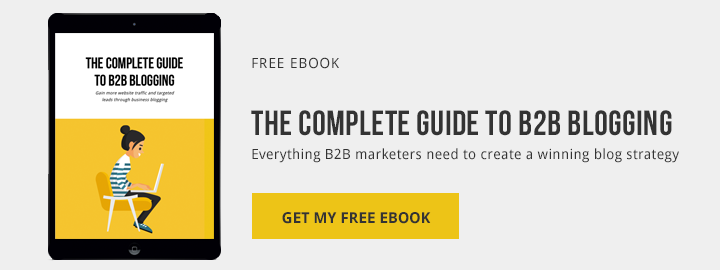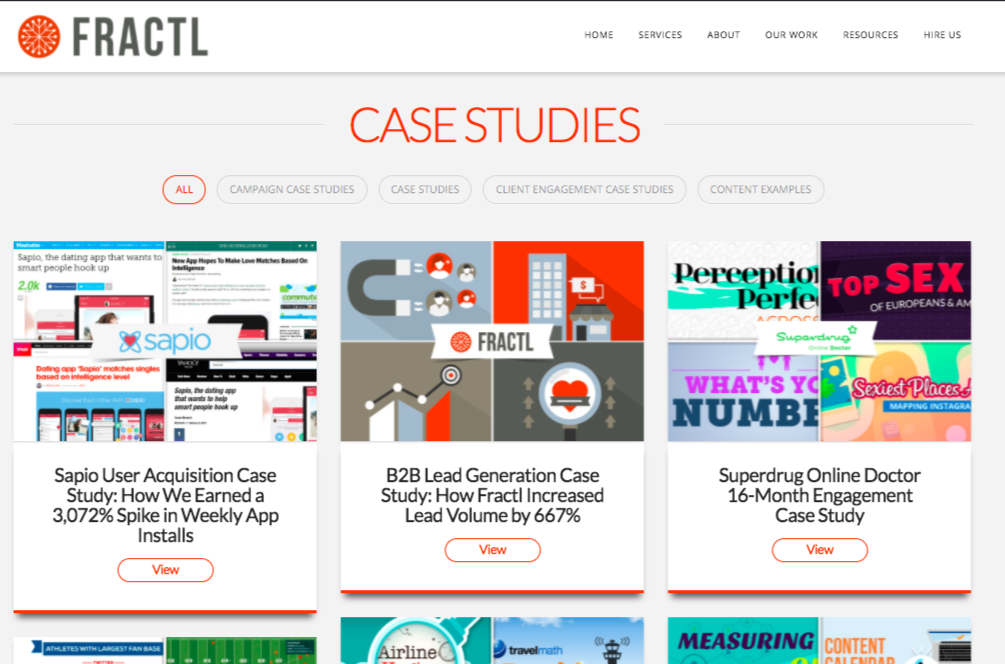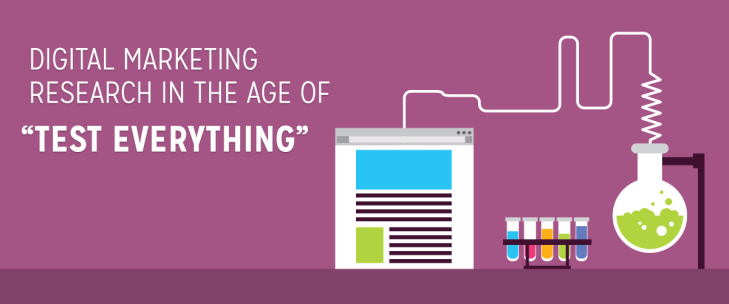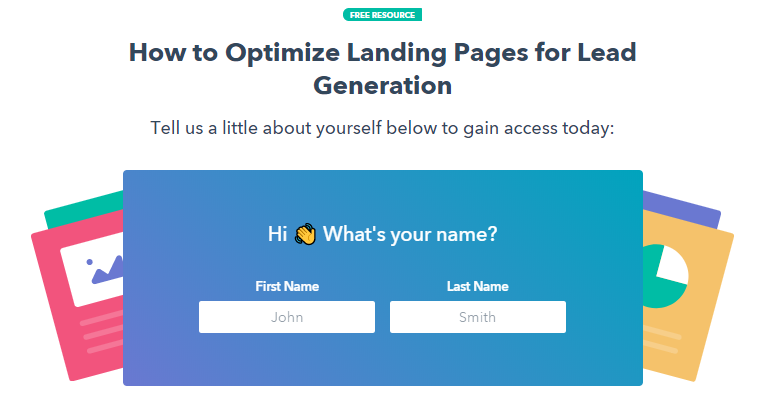A subset of inbound marketing, content marketing enables you to hit your business targets, including lead generation, through the provision of valuable, helpful content. With only 18% of marketers crediting outbound marketing in providing the highest quality sales leads, it isn’t quite surprising anymore how content marketing has made it to the cut as one of the most powerful marketing strategies today.
This means that as long as you know what content to build your lead generation strategy on, there’s so much more potential to grow your business through content marketing. And with people showing great interest in consuming different content types like articles, videos, emails—the list goes on—you’ll want to make sure that you’re up to speed in content marketing.
Here’s a list of some of the most important content assets that you should be paying more attention to in order for you to generate and engage business prospects.
1. eBooks

The comprehensiveness of eBooks makes it an ideal content type for lead generation even if you may gate your eBooks. People who have a need for the information you provide in your eBooks won’t hesitate to give you their personal details as well as professional profile in exchange for full access to your content.
Perhaps of secondary importance here is the fact that you can also gain revenue in the form of eBook sales, which has been a profitable industry in the United States since 2008.
2. Case studies

Case studies are another type of long-form content wherein you share stories about working with your customers and steering their business to success. As such, your case studies will include descriptions of how your company works to achieve your clients’ end goals.
Use your company blog to feature your case studies, and be sure to track who’s interacting with it so you can have your sales team reach out to your potential customers. Alternatively, you can make your case studies part of your off-site content as a way to generate links from your target audience.
Needless to say, the more case studies you share with your audience, the more you’ll be able to establish your thought leadership in your business vertical.
3. Research reports/Whitepapers

Research papers and whitepapers are authoritative reports that you can use to educate people about your business or industry. In particular, research reports tend to engage audiences because the information they contain is culled from surveys involving real people, making them original and creditable to your brand.
As a matter of fact, 74% and 63% of marketers report that the top benefits they get from producing research papers are website traffic and social shares, respectively. And you know that these channels are where a good number of your leads or prospects may be. And with the right approach, you might just get to convert them down the road.
4. Landing pages
Landing pages are stand-alone pages on your website where you can place a lead-capture form, which is why you may also call them as lead capture pages.
These pages work in a couple of ways. For one, you can use landing pages to provide information about your products or services. Alternatively, you can direct leads or customers to a specific offer—such as a free resource—with visitors providing their contact details or job or industry information.

In order for people to find your landing pages, you need to set up your promotional campaigns in various channels like email, social media, and search engine. Once someone clicks on any of your links or ads, they’ll be led directly to your landing page. This makes landing pages directly tied to quality leads since they have previously expressed interest in your business.
5. Blog posts

Blog posts are the lifeblood of content marketing, which makes them an integral part of your lead generation as well. The leads might not come to you right after you publish the first few articles on your company blog, so you’ll need to be consistent with blogging. In fact, the amount of leads you can generate when you have 401 to 1000 pages of blog articles goes up to six times more than if you had only about 51 to 100 pages of content.
Quality blog posts can enhance your online visibility in various channels—whether it’s on search engine results pages (SERPs), social platforms, or industry authority sites. With more traffic going to your own site, you’ll have numerous opportunities to engage your audience until they’re ready to become marketing or sales leads for your company.
Using Content in Lead Generation
People will always get drawn to brands that offer timely, relevant, and helpful content. Use it to your advantage by exploring other types of content to increase the number of leads you generate for your business.
